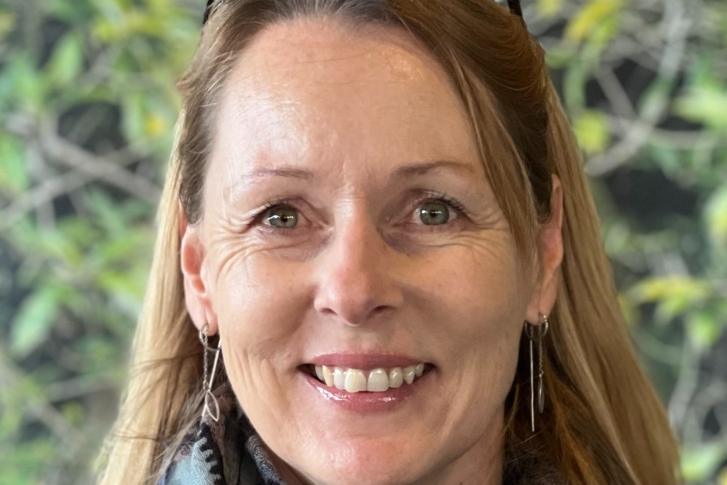NIWA has released two booklets to provide advice on the cultivation of native submerged macrophytes to help rehabilitation initiatives in freshwater and saltwater environments.
Aquatic plants are important because they support ecosystem processes such as primary productivity, nutrient and carbon sequestration, stabilize and aerate sediment, and provide habitat for aquatic animals.
Threats to aquatic plants include competition with planktonic algae (algal blooms) as a result of eutrophication (nutrient enrichment from catchment sources), and inputs of suspended sediment from the landscape.
Increases in nutrient and sediment inputs are a consequence of land use intensification (both urban and rural), and failure to provide buffers such as fencing and riparian planting to water bodies. Sediment disturbance and grazing of aquatic plants by pest fish increases mobilization of sediments in rivers and lakes.
Invasive non-native plants can also lead to native species loss via competitive exclusion.
In the future, there may be a need to cultivate native plants to protect or safeguard those species, and to restore them to aquatic ecosystems.
Māori have a strong track record in the development of native plant nurseries for terrestrial and riparian restoration.
Iwi, hapū and whanau aspire to become further involved in environmental rehabilitation initiatives and this project by NIWA has responded by producing two booklets to guide and help extend Māori capability to aquatic environments.
These booklets focus on submerged aquatic plants – those that grow mostly beneath the water surface.
Scientific knowledge derived from many NIWA freshwater and estuary research projects, and staff experience gained over decades were brought together to develop the guidelines.
The booklets draw upon past collaborations which included culturing and translocating the coastal macrophyte kōrepo (Ruppia megacarpa) under the Whakaora Te Waihora (WTW) programme (with approval of Te Ngāi Tūāhuriri Rūnanga and Taumutu Rūnanga), culturing Isoetes on behalf of the Lake Ōmāpere Trust, and work focused on restoring native seagrass (Zostera muelleri).
NIWA researchers also used experience gained while scoping the potential for macrophyte restoration in degraded shallow lakes in the Waikato with partners such as Waikato River Authority and DairyNZ.
This work had been completed with the assistance of many supporters, funders and collaborators, including the Whangarei Harbour kaitiaki roopu, Northland Regional Council, Ministry for the Environment and Northport in Northland and Greater Wellington Regional Council, Porirua City Council, Guardians of Pāuatahanui Inlet and Ngāti Toa in Wellington.
NIWA researchers thank the Ngāti Hauā Mahi Trust for inspiring the production of these booklets.
To download the booklets, visit: Native freshwater and saltwater plant cultivation booklets

